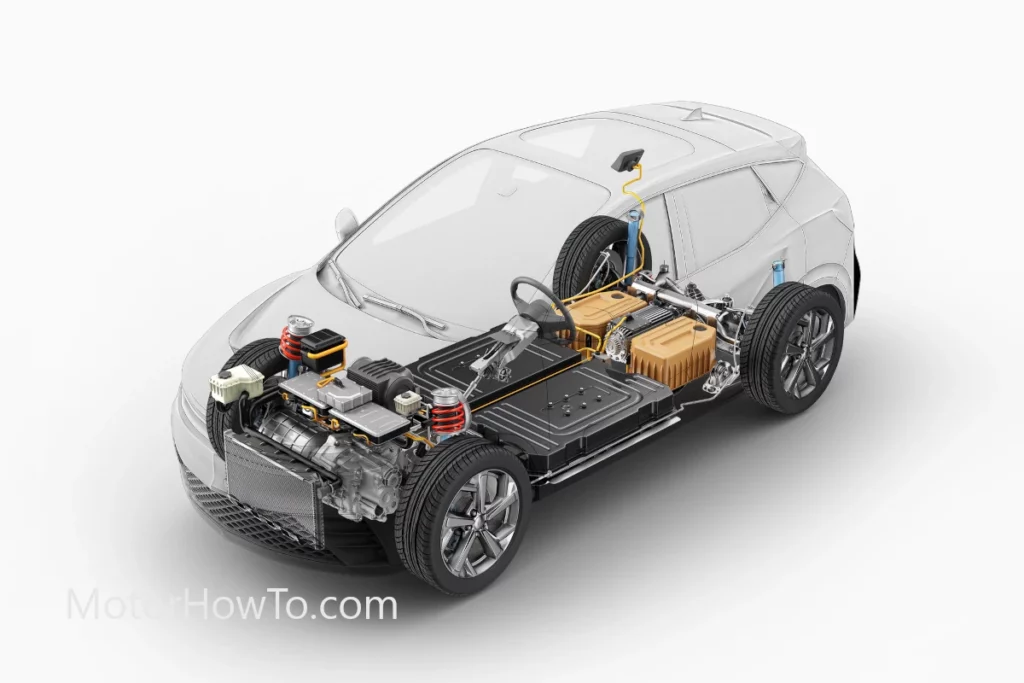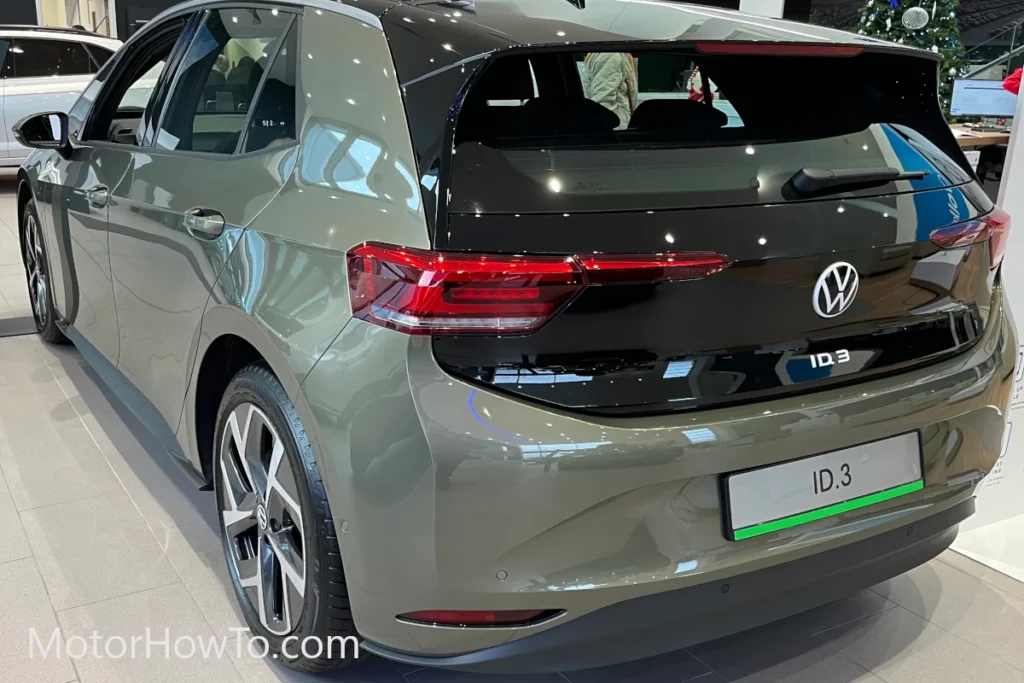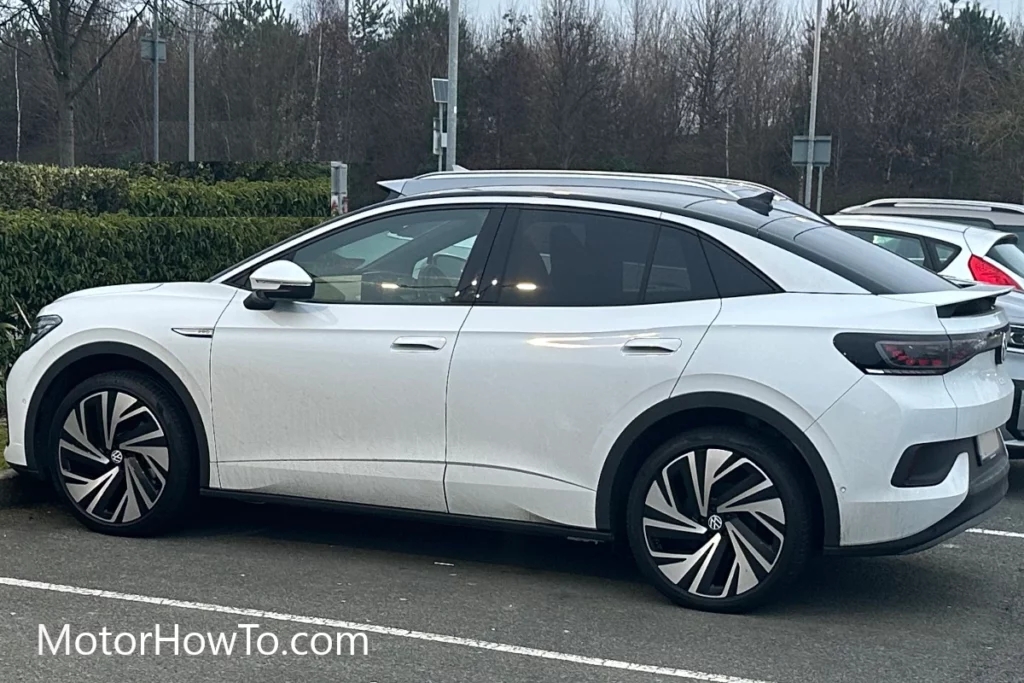Electric vehicles (EVs) due to it being environmentally friendly and efficient alternative to traditional gasoline-powered cars has gained popularity.
One feature that sets EVs apart is their ability to regenerate (re-gen) energy through regenerative braking.
This process captures the energy that would usually be lost during braking and converts it into usable electricity to power the vehicle.
However, despite its many benefits, total regenerative braking is still impossible for all EVs.
This article will explore the reasons behind this limitation and delve into the complexities surrounding regenerative braking technology in electric vehicles.
Electric vehicles cannot use full regenerative braking due to the technical and engineering limitations of the technology. It also requires a complex system to control the braking power, which has yet to be available in EVs.

Regenerative braking is an important part of making EVs more efficient, as it helps extend the vehicle’s range by capturing energy you would otherwise lose during braking.
In addition, it helps reduce the wear and tear on the traditional brake system, resulting in lower maintenance costs and increased reliability. Despite these benefits, several technical and engineering challenges still limit the use of total regenerative braking in EVs.
From the design of the electric drive system to the power electronics used to control the flow of energy, you must consider several factors to ensure that the regenerative braking system is effective and safe for use.
Related:
- Will EV Allow Use Regenerative Braking To Slow Down? (Explained)
- Why Turn Off Regenerative Braking? (Read First)
- Doesn’t Regenerative Braking Harm An EV Battery? (Answered)
What Limits Regenerative Braking?
Regenerative braking in electric vehicles is limited by the design of the electric drive system, which includes the motor, inverter, and battery.
The electric drive system must efficiently capture, store, and release the energy generated during regenerative braking.
If the drive system is not optimized for this purpose, the energy generated during braking may not be efficiently utilized, reducing the overall effectiveness of the regenerative braking system. Another factor limiting regenerative braking is the power electronics that control energy flow.
The power electronics must be able to manage the high levels of energy generated during braking and ensure that the energy is efficiently stored in the battery.
The power electronics must also be designed to work in concert with the other components of the electric drive system to ensure that the regenerative braking system is safe and reliable.
In addition to these technical challenges, the limitations of regenerative braking in electric vehicles are also influenced by practical considerations. For example, the capacity of the vehicle’s battery will impact the amount of energy you can store during regenerative braking.
The effectiveness of the braking system, including the type of brake pads and rotors, will also play a role in determining the overall effectiveness of the regenerative (re-gen) braking system.
Finally, maintaining a safe and stable driving experience is important, which may impact the design and performance of the regenerative braking system.
Does Regenerative Braking Work In Reverse?
Regenerative braking can work in reverse, although the efficiency and effectiveness of this approach may vary depending on the design of the electric vehicle and its drive system.
In a reverse regenerative braking system, energy is captured during the vehicle’s deceleration and converted into usable electricity.
This energy can then be stored in the vehicle’s battery and used to power the vehicle in the future. The efficiency of reverse regenerative braking can be impacted by several factors, including the design of the electric drive system and the power electronics used to control the energy flow.
The drive system must efficiently capture and store the energy generated during reverse regenerative braking. The power electronics must be designed to work in concert with the other components of the drive system to ensure that the reverse regenerative braking system is safe and reliable.
In practice, reverse regenerative braking is less widely used than traditional forward regenerative braking, as the efficiency and effectiveness of the reverse system may be lower. However, some electric vehicle manufacturers are exploring this technology to improve their efficiency and range.
These vehicles can extend their range and reduce their dependence on traditional charging methods by harnessing the energy generated during reverse braking.
Can Regenerative Braking Completely Stop A Vehicle?
Regenerative braking can significantly slow down an electric vehicle, but it is unlikely to bring the vehicle to a complete stop. In most cases, the traditional mechanical brake system is still needed to bring the vehicle to a complete stop. This is because regenerative braking is designed to capture energy during deceleration rather than bring the vehicle to a complete stop.
That being said, regenerative braking can significantly reduce the wear and tear on the mechanical brake system, as it takes some of the load off the traditional brakes.
This can result in lower maintenance costs and increased reliability for the vehicle. In addition, the energy captured during regenerative braking can be stored in the vehicle’s battery and used to power the car in the future, making it an essential part of an electric vehicle’s overall efficiency and range.
Why Does Tesla Limit Regenerative Braking?
Tesla limits the amount of regenerative braking in its vehicles for several reasons. Firstly, it ensures the vehicle’s brake system is not overworked and damaged, as the regenerative braking system provides the most stopping power.
This way, the traditional hydraulic brakes are used less frequently, and their lifespan is increased. Secondly, Tesla limits regenerative braking to prevent the vehicle’s battery from overcharging, which could cause damage and reduce the overall battery life.
In addition to these technical reasons, Tesla also limits regenerative braking to provide a smooth and predictable driving experience for the driver. An overly strong regenerative braking system can result in a jerky and abrupt stop, which can be unsettling for some drivers. By limiting the amount of regenerative braking,
Tesla can ensure a more natural and comfortable driving experience. This is especially important for Tesla, as the company emphasizes the driving experience in its vehicles.
What Happens To Regenerative Braking When A Battery Is Full?
When the battery of an electric vehicle (EV) is fully charged, you cannot store any excess energy generated from regenerative braking in the battery. You must dissipate this excess energy to maintain the battery’s safety and health.
In most EVs, this excess energy generated during braking is converted into heat and dissipated through the vehicle’s cooling system.
However, in some EVs, including Tesla vehicles, the excess energy generated from regenerative braking is simply not captured when the battery is full.
Instead, the energy is lost as heat and friction in the brakes and motor, less efficient use of the energy generated through regenerative braking.
This can result in a slightly decreased driving range and a decrease in the overall energy efficiency of the vehicle.
It’s important to note that modern EVs are designed to limit the amount of regenerative braking when the battery is full, as excessive regenerative braking can damage the battery and reduce its overall lifespan.
By limiting the amount of regenerative braking, EVs can maintain the health and longevity of their batteries, which is critical for their long-term reliability and performance.
Does F1 Use Regenerative Braking?
Formula One (F1) cars do not currently use regenerative braking systems. The current F1 regulations do not allow for regenerative braking systems, which are common in hybrid and electric vehicles. Instead, F1 cars rely on traditional mechanical brakes, which use friction to slow down the wheels and convert the vehicle’s kinetic energy into heat.
This is because the primary focus of F1 regulations is on high-performance, high-speed racing rather than energy efficiency and sustainability. The regulations prioritize the development of high-power internal combustion engines, aerodynamics, and other performance-enhancing technologies rather than technologies focused on reducing the environmental impact of racing.
However, with the increasing emphasis on sustainability in the automotive industry, future F1 regulations may allow for regenerative braking systems in F1 vehicles.
Conclusion
Regenerative braking is a key technology that sets electric vehicles apart from traditional gasoline-powered vehicles. While it offers several benefits, you must optimize the electric drive system and power electronics engineering challenges.
You must optimize the electric drive and power electronics for the regenerative braking system to be effective and safe.
Like many other electric vehicle manufacturers, Tesla limits the amount of regenerative braking in its vehicles for several reasons, including ensuring the longevity of the brake system, preventing overcharging of the battery, and providing a smooth driving experience for the driver.
While regenerative braking may not be able to bring a vehicle to an absolute halt on its own, it can significantly slow down the vehicle and reduce the load on the traditional brake system.
Overall, regenerative braking is a key technology that plays an important role in making electric vehicles more efficient and environmentally friendly.
Sources
Regenerative Braking: How and Why It Works for Electric Cars
Regenerative Braking – an overview
The Secrets Behind Regenerative Braking
Why don’t regen brakes stop the car completely?



